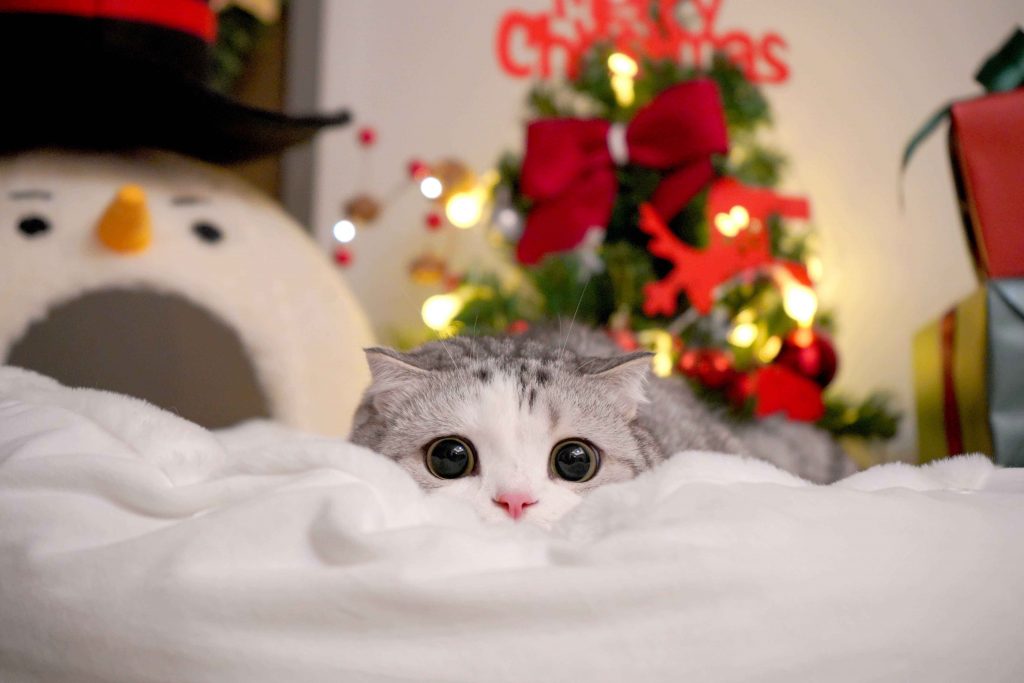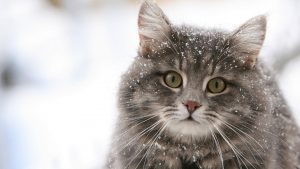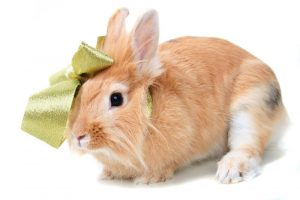Cats always give people the impression that they are very proud animals. Although they are human pets, they have not been completely domesticated. If our owners want to understand the cat’s mind, they can actually look at the cat’s tail. The wiggling posture of the cat’s tail can indicate the current state and mood of the cat. Let’s follow the editor of Boqi.com to learn about it together.
If you want to know about a cat, just look at its tail
cat tail
The tail is slightly bent down and the tip of the tail is slightly bent upwards: This means that the cat is enjoying a leisurely and freehand life.
The tail is slightly raised and bent softly: the cat is becoming interested in something in front of him.
The tail is raised and the tip of the tail is curved: This means that the cat has a strong interest in you, and is friendly and willing to get close, but there are still some reservations.
Tail erect, tip straight: very willing to get close, and without reservation. Adult cats do this by imitating a kitten’s approach to its mother. The kitten’s cue is to ask the mother cat to check her buttocks.
The tail hangs down completely and is tucked between the hind legs: a sign of panic, or a submissive cat showing its low status in the cat community to its fellows.
The tail is down and the fur is standing up: this means it is very scared.
The tail swings strongly on both sides: This signal indicates that the cat is very angry. If the tail continues to swing forcefully from side to side, it means it is ready to attack.
The tail remains motionless, but the tip of the tail vibrates suddenly: This tail wagging means that the cat feels a little irritable. If the tip of the tail vibrates more powerfully, it means that it will claw people.
Tail erect and vibrating: A slight vibration is usually seen in a cat that has just been stroked by its owner. This body language seems to have a “personal identification” connotation.
Tail set aside: When a female cat is ready to mate with a male cat, her tail will be moved to one side. When the tomcat sees it in this posture, it knows that it can get close to it without being attacked.
The tail is upright and the fur is upright: this is a defensive signal, indicating that if the threat continues, the cat will attack.
What’s interesting is that the meaning of many tails of cats is exactly the opposite of that of dogs, so it is no wonder that cats and dogs often fight when they meet. It turns out that it is “language barrier”. And all of us shit shoveling officers can usually observe the cat’s body language more, and we can learn a lot from its tail, so that we can understand what the cat wants to express, and it will be easier to communicate with it.







